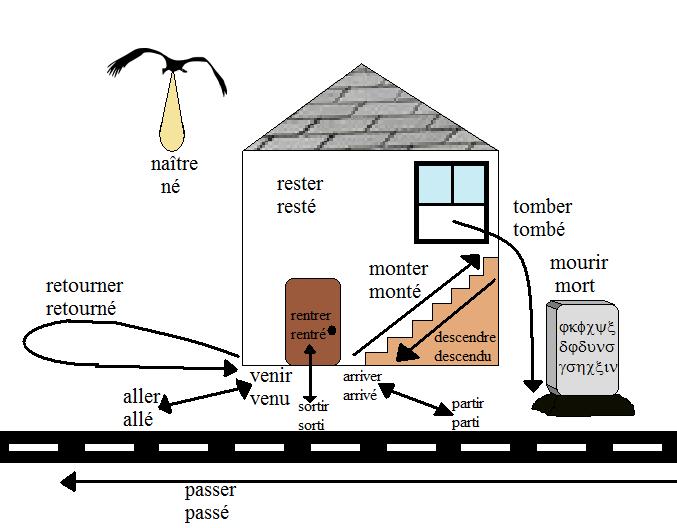
(I looked for an image for upset Spanish teacher and this was all I got)
Here is a comment from the SPANISH TEACHERS IN THE US page on Facebook. Here, Dan brings up a classic argument between a more traditional language teacher and a C.I. practitioner
Here is a response to a discussion about whether or not C.I. delivers better results than does the textbook:

My first question to Dan’s interlocutor– the teacher who has inherited some C.I.-taught kids who can’t conjugate saber— is, what do you mean by “conjugate?”
If we mean, can we tell the kid “conjugate the verb saber in the present indicative yo a.k.a. first person form” and can they do it?, the answer might well be no. This is because consciously knowing
- what an infinitive is
- what conjugating is
- what first person is
- the rule
is what we would call conscious knowledge– Bill VanPatten calls it “explicit knowledge” and Krashen “Monitor awareness.” Neither of these have anything to do with the subconscious linguistic system where language is acquired, processed and stored. We can successfully use a variety of grammar “rules”– such as saying “I am” instead of “I are,“, or “I enjoy running” instead of “I enjoy to run“– without knowing (or even having been taught the rule).
As Bob Patrick says, conjugate the verb to run in the pluperfect passive third person progressive. Can you do this? Really? You mean you can’t say the race had been being run on demand?
Knowing the “rules,” and how and when and where to apply them, does not guarantee successful production of language.
As Jason Rothman (2008) write, “Variation in language use is simply a fact of all output, native and non-native. As a result, any given linguistic performance does not always accurately represent underlying competence.”
My second question to Dan’s interlocutor is, can textbook-taught kids produce this– or any other verbform– on demand better than C.I. taught kids? Maybe. It’s possible that Johnny’s Spanish teacher has hammered away at verb tables bla bla bla and Johnny, that eager beaver, has spent countless hours studying, and can now say “right, —er verb, first person, irregular, lemme see, uh, sé.”
The real question, however, is do they do it without being asked to do it, ie in real-time, unrehearsed communication? If my experience of 12 years with the text is a guide, no, absolutely not, and the same goes true for writing. Kids taught with textbooks and a focus on grammar rules memorise dialogues, and they do not produce very much (nevermind very much good) written language spontaneously. Here is an example of just how grammatically accurate kids taught with C.I. can be.
My third question to Dan’s interlocutor is, what cost does an obsession with perfect grammatical output carry? If Johnny’s Spanish teacher gets the kids to obsess over verb tables, that means they won’t be either “practising” other grammar, or– worse– getting input. There will also be a cost to students’ enjoyment of Spanish: reading/watching good stories is way more fun than doing tedious grammar stuff, correcting one’s writing, etc. And this means that students who end up in grammar and textbook programs drop out more, as Grant Boulanger has thoroughly documented. It also means that, in the long run, students will not do as well in a textbook/grammar program as they will in a C.I. program (see Part Two of Boulanger’s work here).
My fourth question to Dan’s interlocutor is, if you put a C.I.-taught kid on the spot and get them to meaningfully communicate, can they do it well? My answer: generally– if the task is developmentally appropriate— yes, they can. We have to be realistic about what we can get done in a language class. Babies get 4,000-5,000 hours of input before they start saying single words; at age 6 (after ~14,000 hrs of input), kids are still making errors with irregular past-tense verbs in English. They are, however, communicating just fine.
My fifth question to Dan’s interlocutor: when C.I.-taught kids use sabo instead of sé, how much of a problem is that? My answer: a Mexican or a Spaniard who hears a kid say “yo no sabo donde está el baño” is going to know exactly what the kid is trying to say. This is like a Chinese kid asking you “where bathroom?” Mandarin doesn’t have “to be” the way English does, and the Chinese kid obviously hasn’t “studied hard enough,” as a grammarian would say, but we get that the Chinese kid means “where is the bathroom?” When a Mexican asks, “did he went to the bathroom?,” we understand just fine and we don’t freak out that, OMG, he didn’t learn the rule for bla bla bla past tense.
My sixth question is this: on what State or ACTFL standard does “can conjugate isolated verb forms in _____ case” appear? Being able to do this in and of itself is not a communicative objective.
Finally, I’d point one thing out to Dan’s interlocutor: When Johnny gets to Spain or Bolivia, he is going to hear more– and better– Spanish in 6 days than he will in class in one year. Input will ramp up so much that Johnny’s errors will inevitably get corrected by the epic amounts of Spanish he is hearing.




